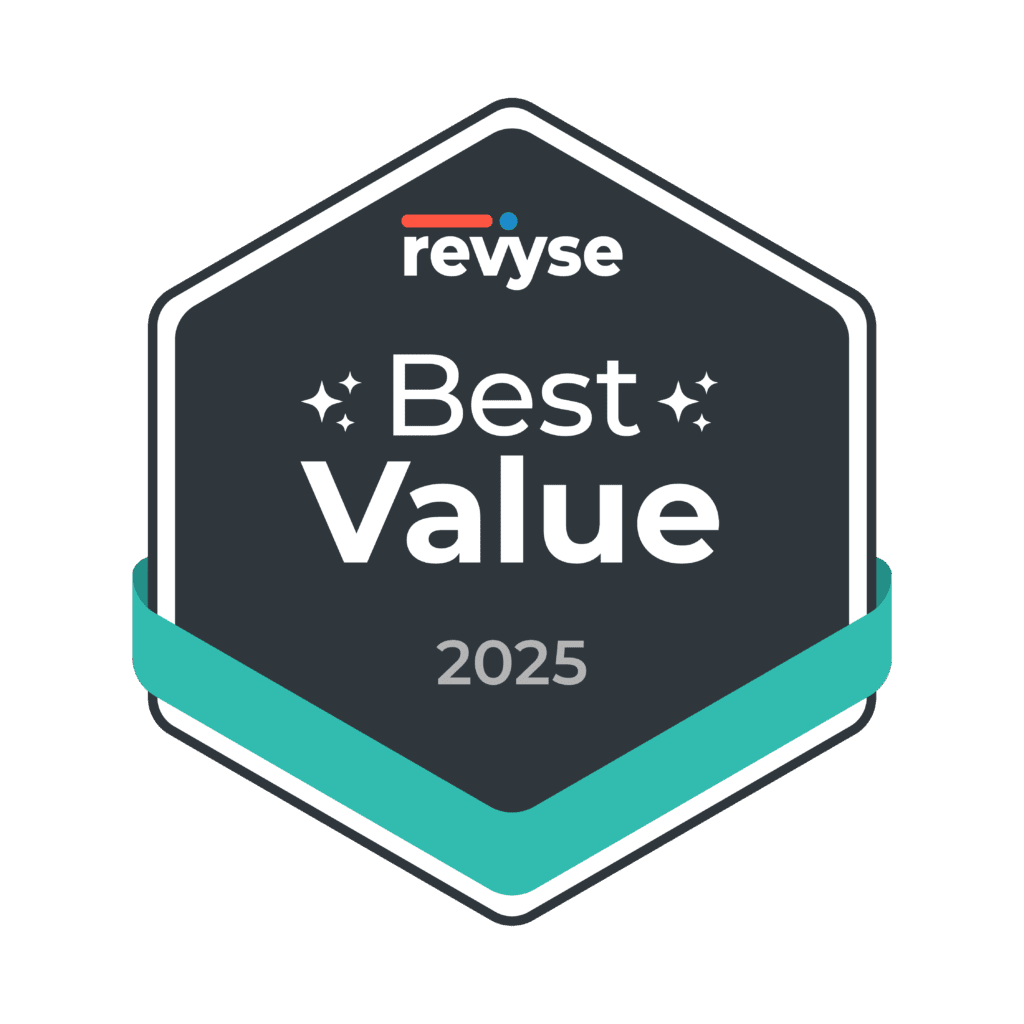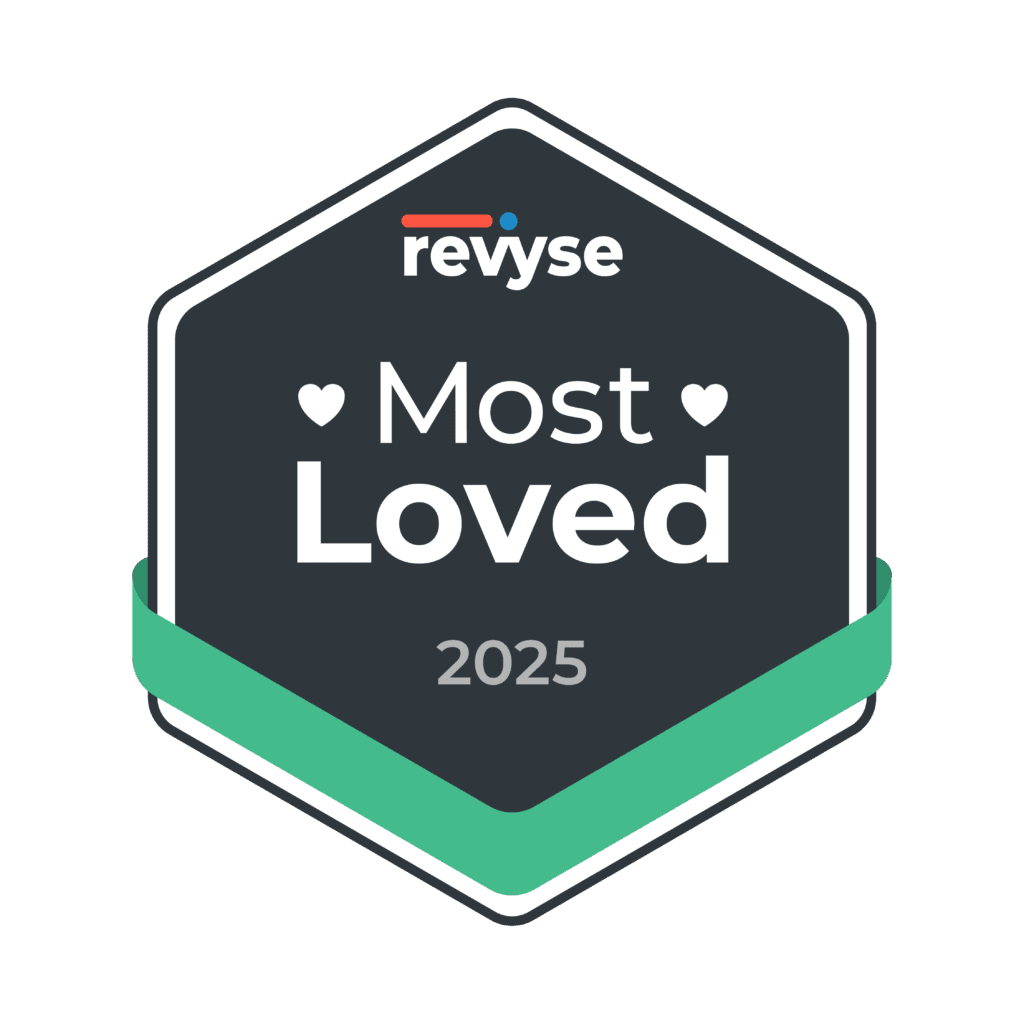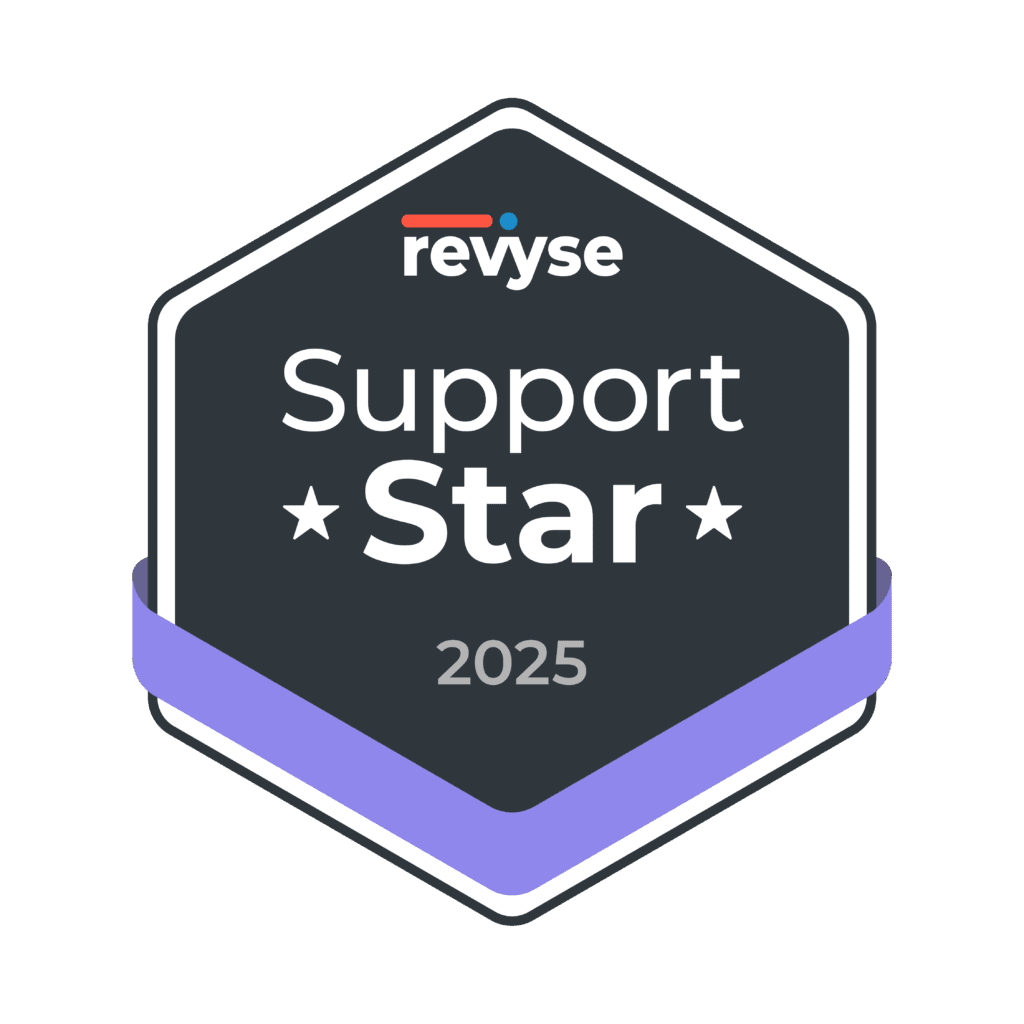In the last three apartment marketing posts (Part 1, Part 2 and Part 3) we talked about marketing’s role in MFH rolling deeper into operations, what the first things to focus on post lead generation are (speed to lead and communication channel), and how to level up the way we measure the successes and failures of our marketing efforts. In this post, I want to dive deeper into what we are sending folks we are marketing to.
This can be summed up with the phrase “the right message at the right time”. But what do we mean by this?
The Right Message: Content relevant to what the prospect cares about delivered through the appropriate channel.
The Right Time: Content relevant to where in the customers’ journey the prospect is delivered when they are most likely to interact with it.
Personalization in Apartment Marketing
Personalization is one of the key aspects of getting “the right message” delivered. I think it is useful to define personalization prior to giving examples of how we can use this in our apartment marketing today.
Personalization in apartment marketing means sending relevant content targeted specifically to an individual’s needs, wants, and interests.
In fact: On average, companies earned 40% more revenue by adding personalization to their marketing strategy.
Every prospect or potential resident has a set of criteria of what they want and a separate set of criteria of what they can “afford”. When I say “afford” here I don’t just mean monthly rent. Below are factors I think play a role in determining what a prospective renter can afford:
- Is the rent in my budget
- Is the neighborhood costs of living within my budget (grocery stores, restaurants, etc)
- Is my place of work drivable from this location
- Are my friends and family nearby
- Are the things that interest me most within range (physical and price) – For example, if you love CrossFit, is a great CrossFit gym nearby?
It is our job as marketers to understand what the desire criteria of our prospects is as well as what the “affordability” criteria is. Combining these two understandings and crafting targeted messages accordingly is what I refer to as “Hyper-Personalization”
But how do we do this?
Gathering Data Required For Hyper-Personalization
The best resource we will ever have at understanding what a prospect is looking for, is the prospective renter themselves. Many of the lead sources we use, whether it be an ILS, the property website, a walk-in, etc provide opportunities for us to capture as much data as we can. The basics we should expect to gather include:
- Desired Rent
- Desired Move In Date
- Desired Floor Plans
- Number of Occupants
- Number of Pets
These basic data points are a great start toward personalization. By understanding the above we can accomplish two things.
- Send options that match their criteria
- Send other information relevant to their situation (e.g. Pet Policy)
Not only does this basic data help inform our initial outreach, it also lets us know when we should be alerting the prospective renter of changes in availability, pricing, etc. For example, if a 1 bedroom drops in price or becomes available, your system(s) should automatically be alerting every prospective renter interested in that or a similar unit about this update.
What about the “less basic” or more complex data? What data is this and how do we capture it?
Some examples of this more complex data that helps inform our messaging and marketing are:
- What amenities do they care about most?
- What interests do they have that the local area may be relevant to?
- What floor plans stood out to the prospect the most?
But how do we collect these more complex data points? The best way to do this is by monitoring the behavior of prospective renters. How are they interacting with your marketing material? What questions are they asking? This data can then be used to send very targeted messaging to prospective renters. 78% of consumers are more likely to respond favorably to personalized messages.
The Next Level Of Targeted/Personalized Apartment Marketing
In today’s world of technology we have so many tools available to us. Each of these tools can help create a unique perspective on what matters most to our prospective renters. Below are just some ideas and examples of how we can gather more data from our apartment marketing tech stacks.
- Track prospect behavior on websites. While you would not be able to tell who everyone is on your website, you certainly can tie some traffic to specific individuals. Anytime a message is sent directly to a prospective renter with a link to visit the property website, you can tie the visitor of that link click to that prospect. Some things to track on the website include:
- Pages they visit most
- Images in the gallery they spend the most time on
- Floor plans they look at the most
- Hours they visit the website (when are they active in their search)
- Frequency with which they revisit the website
- What media do they engage with the most?
- Do they choose to watch a video when given the chance?
- Do they choose to interact with AI when given the chance?
- Do they choose to call a phone number when given the chance?
- Do they choose to visit a website or other web link when given the chance?
- What channel do they engage with the most?
- Are they more responsive to text messages, emails, phone calls, web chats, etc?
- Are they more responsive to text messages, emails, phone calls, web chats, etc?
- What are they asking questions about?
- Whether the questions is being asked to a bot, an onsite team member, or another resident through a service like Rentgrata, we can use this data to understand what matters to them.
Leveraging your CRM, automation tools, AI tools, and other modern tech in your stack, you can begin to aggregate this data in a way that allows you to effectively target your prospects with a hyper-personalized message that speaks to what they care about most.
The right message at the right time!
Apartment Marketing in 2023: Parts 1, 2, 3, and 4 Summary:
- Marketing role in apartment marketing does not stop when a lead is generated
- Marketing and Operations should share data so marketing understands how to stay ahead of demand
- Speed to first touchpoint is critical and should be almost instant
- Choosing the right channel for your ongoing lead nurture is critical and we recommend texting (SMS)
- First-touch attribution doesn’t tell us the complete picture
- Multi-touch attribution provides better insight and more levers to pull for marketing teams
- Define the questions you want to answer and then go about retrieving those answers from the data
- Personalization is key to success in marketing to your leads
- With intelligent data gathering, you can execute a hyper-personalized strategy by delivering the “right message at the right time”
- It is our job as marketers to understand what the desire criteria of our prospects is as well as what the “affordability” criteria is






